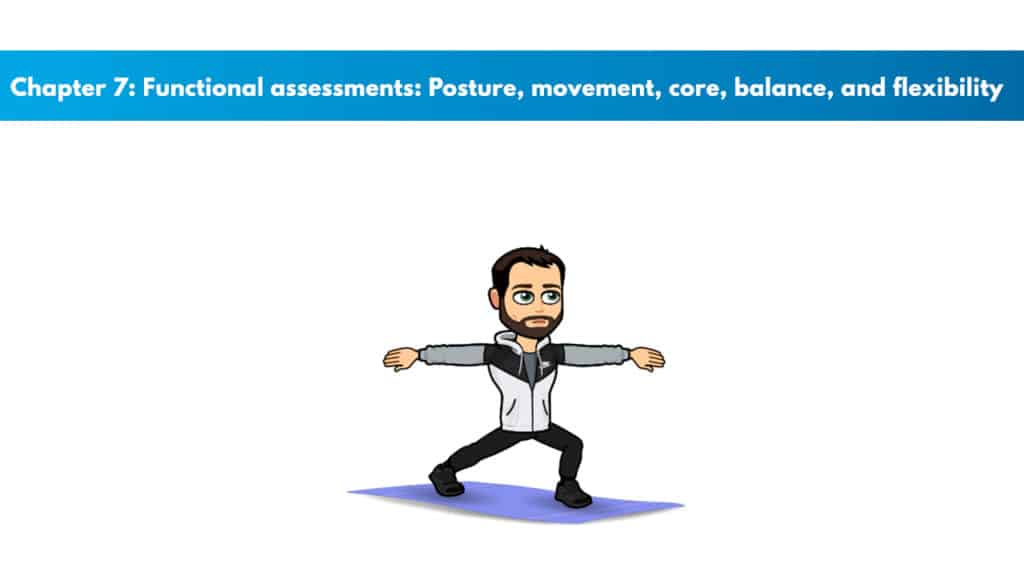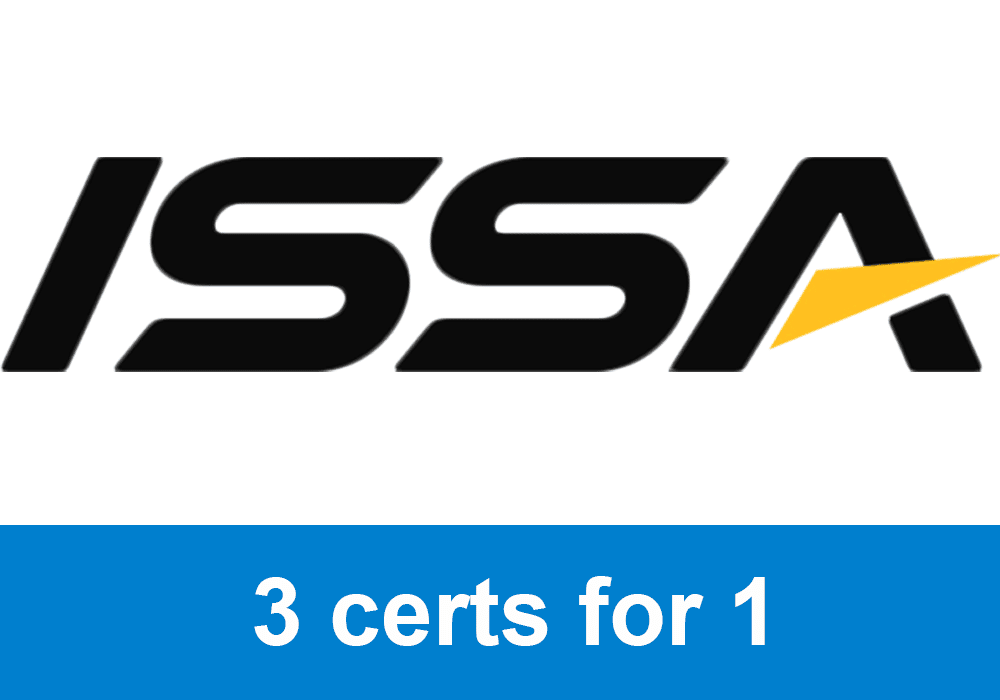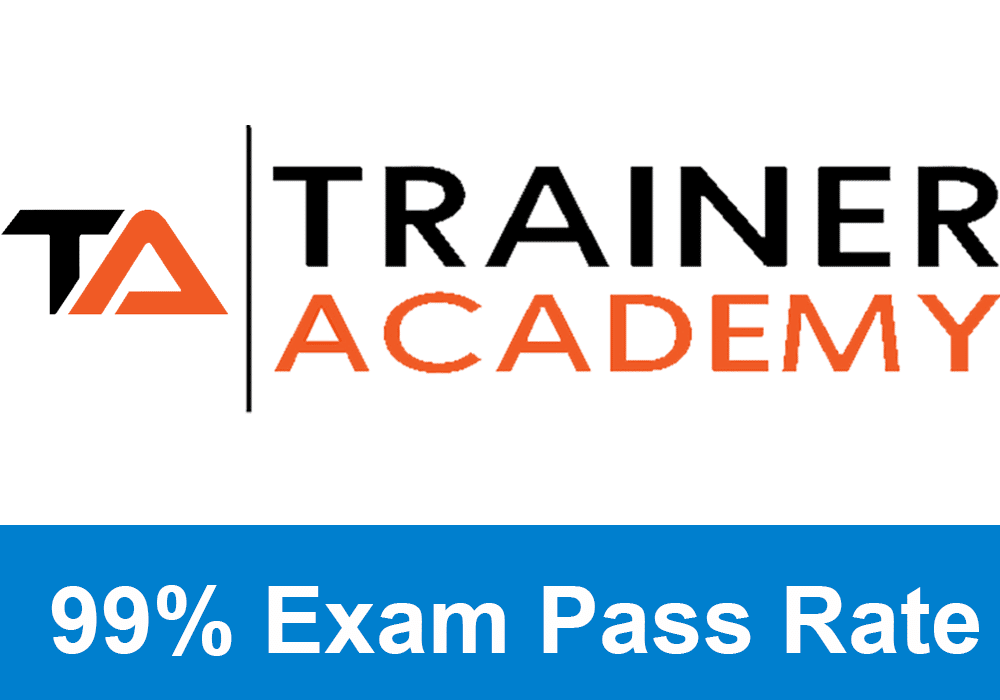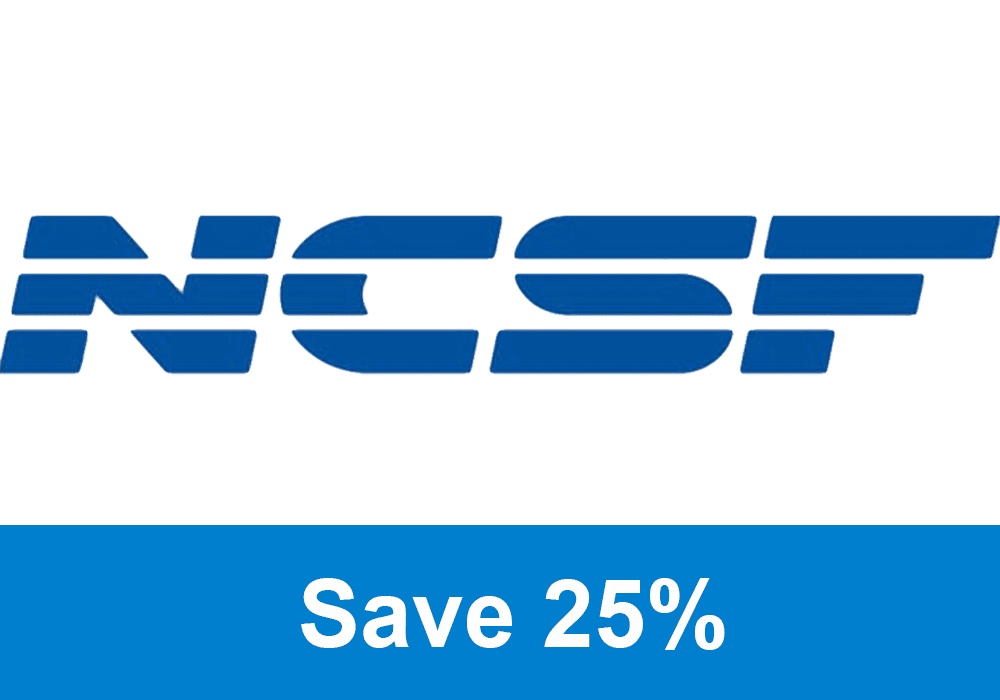
If you have not yet signed up for the ACE CPT certification, receive a big discount here.
Get your copy of the ACE CPT exam cheat sheet.
It helps immensely in your ability to study for the ACE test. This PDF printable one-page sheet gives you a breakdown of the skills and knowledge candidates need to pass the exam.
My PTP students report cutting their ACE study time and effort in half with Trainer Academy.
Benefit from the Exam Pass Guarantee and Retake Fee Guarantee. Plus, take advantage of my current discount code PTPJULY for 35% off the MVP Program (Ends July 8th, 2025).
Try it out for free here to see if it’s right for you, or read my detailed review for further insights.
Static postural assessments
Structural integrity: The alignment and balance of the musculoskeletal system. Allows for joints, muscles, and nerves to function efficiently together.
Kyphosis lordosis muscular imbalances
Shortened muscles (hypertonic/facilitated)
- Lumbar extensors, hip flexors, anterior shoulders/chest, neck extensors, and latissimus dorsi
Lengthened muscles (inhibited)
- External obliques, scapular stabilizers, hip extensors, neck flexors, and upper back extensor
Flatback muscle imbalances
Shortened muscles (hypertonic/facilitated)
Exclusive PTP CPT Offers |
||
|---|---|---|
Most Popular Cert | Best Online NCCA Cert | Best Study Materials |
Gold Standard Cert | A Good Option | Best CPT for you?  |
- The rectus abdominis, neck extensors, upper back extensors, and ankle plantar flexors
Lengthened muscles (inhibited)
- Psoas major/iliacus, lumbar extensors, internal obliques, and neck flexors
Swayback imbalances
Shortened muscles (hypertonic/facilitated)
- Lumbar extensors, hamstrings, upper fibers of posterior obliques, neck extensors
Lengthened muscles (inhibited)
- Psoas major/iliacus, external obliques, neck flexors, rectus for Morris, and upper back extensors
Muscular imbalances
Correctable conditions
- Poor posture from habit, repetitive movements, bad joint mobility/stability, side dominance, and strength programs that are not balanced.
Non-correctable conditions
- Certain pathologies (rheumatoid arthritis), congenital conditions (such as scoliosis), structural deviations, and traumas (amputation and surgeries, etc.)
Deviation #1: Ankle supination/pronation
Supination – high arches
- Inversion foot movement
- knee (tibial) movement – external rotation
- Viewpoint: from the front
- Femoral movement – external rotation
Pronation – Arch flattening
- Eversion foot movement
- Knee (tibial) movement – Internal rotation
- Viewpoint: from the front
- Femoral movement – Internal rotation
Deviation #2: Hip adduction/hiking
One hip is elevated due to a lateral tilt of the pelvis
Deviation #3: Pelvic tilting (posterior or anterior)
Posterior pelvic tilt – The superior and posterior portion of the pelvis (ASIS) rotates backward and downward.
- A good way to remember this is like dumping water out of the back of a bucket
- Dominant/tight rectus abdominis and tight hamstrings
Anterior pelvic tilt – The anterior and superior portion of the pelvis (ASIS) rotates forward and downward from the sagittal view
- A good way to remember this is by pouring water out of the front of a bucket
- Tight hip flexors. Associated with a sedentary lifestyle and the majority of the time sitting down.
Deviation #4: The positions of the shoulder/thoracic spine
Depression, elevation, abduction, adduction, downward rotation, and upward rotation
Suspected overactive/tight muscles and observations
Exclusive PTP CPT Offers |
||
|---|---|---|
Most Popular Cert | Best Online NCCA Cert | Best Study Materials |
Gold Standard Cert | A Good Option | Best CPT for you?  |
- Shoulders that are not level – Tight/overactive upper trapezius, rhomboids, and levator scapula
- Asymmetry to midline – flexed side/lateral trunk flexors
- Forward rounded shoulders (protracted) – Upper trapezius, Serratus anterior, and anterior scapulohumeral muscles
- Depressed chest/kyphosis – Pectoralis minor, internal obliques, rectus abdominis, and shoulder adductors
- Medially rotated humorous – latissimus dorsi and pectoralis major, subscapularis
Deviation #5: Head positioning in the sagittal view
The forward head position – Overactive/tight upper trapezius, cervical spine extensors, and levator scapulae.
Movement screening
The five primary movements :
- Raising/bending and lowering/lifting movements such as squatting
- Single/one-leg movements
- Pushing movements(in the horizontal/vertical planes) and resultant movements
- Pulling movements (in horizontal/vertical planes) and resultant movements
- All of the rotation movements
Lift and bend (Refer to Table 7-9)
Compensations
Knees move inward in the anterior view
- Tight/overactive hip adductors and TFL
- Lengthened/underactive gluteus Maximus and medius
When the movement initiates at the knees sagittal view
- Not enough glute activation
- Indicates hip flexor and quadriceps dominance
Back arches extensively in sagittal view
- Tight/overactive latissimus dorsi, back extensors, and hip flexors
- Loose/underactive rectus abdominis, core, hamstrings, and gluteal group
Back rounds forward in the sagittal view (Has the same focus as number three)
- Underactive/loose upper back extensors
- Overactive/tight Teres major, Peck minor and major, and latissimus dorsi
The hurdle step (Refer to Table 7-10)
Compensations
Inward leg hip rotation in the anterior view
- Raised leg internal rotators or a tight stance leg
- Raised leg external rotators or an underactive stance leg
The hiking of the raised hip from the anterior view
- A tight stance leg hip flexors (Will limit the posterior hip rotation during the raise)
Shoulder push stabilization (Referred to Table 7-11)
Compensations
Noticeable “winging” during the push-up movements at the scapulothoracic joint (sagittal view)
- The trapezius, levator scapula, serratus anterior, and rhomboids (periscapular muscles) cannot stabilize the scapulae on the rib cage. A flat thoracic spine can also cause this.
Thoracic spine mobility (Refer to Table 7-12)
Compensations
A bilateral discrepancy in the transverse view (assuming they had no other previous issues)
- Side dominance possibility
- Possible paraspinal development differences
- Possible torso rotation (Maybe connected to hip rotation)
Flexibility assessments and muscle length
The Thomas test (Quadriceps/hip flexion length)
PSL (Passive straight leg) raise
To test hamstring length
A normal hamstring length: moving at least 80° of flexion before posterior pelvic rotation
Shoulder mobility
Extension and flexion
- Good shoulder mobility: The client can flex shoulders to 170 to 180 degrees
External and internal rotation of the humerus at the shoulder test
Apley’s scratch test (shoulder mobility)
- If your client can touch certain spots, this shows good shoulder mobility
Core and balance
Sharpened Romberg test
- This will assist your client’s static balance by having them close their eyes in standing with a lower support base.
Stork stands the balance test.
- You can assess your client’s balance by having them stand on 1 foot in a stork stand position.
Mcgill’s torso muscular endurance test
- Endurance test for the trunk flexor
- Contraindications – Not good for people with lower back pain, recent surgery, or a flare-up of lower back problems.
Trunk collateral endurance test
- Contraindications
- Not good for clients that have shoulder pain or weakness in the shoulders
- Not good for people that have lower back pain, recent surgery, or a flare-up of lower back problems.
The trunk extensor endurance test
- Contraindications
- Not the best for clients that have deficiencies in strength
- Example: a client that cannot lift their torso to a neutral position from a forward flexed position
Clients that have a very high body mass
Not good for people that have lower back pain, recent surgery, or a flare-up of lower back problems.
If you want additional study materials, check out the team over at Trainer Academy. They have incredible study materials for ACE And I have a special limited-time discount for my readers. I also suggest you check out my review on Trainer Academy here.

 Have a question?
Have a question? 



Tyler Read
PTPioneer Editorial Integrity
All content published on PTPioneer is checked and reviewed extensively by our staff of experienced personal trainers, nutrition coaches, and other Fitness Experts. This is to make sure that the content you are reading is fact-checked for accuracy, contains up-to-date information, and is relevant. We only add trustworthy citations that you can find at the bottom of each article. You can read more about our editorial integrity here.